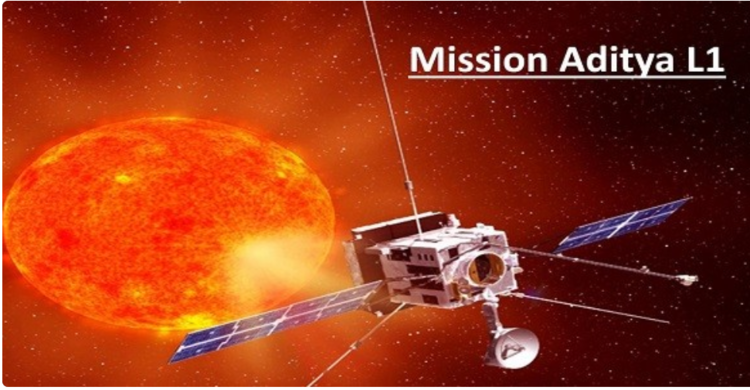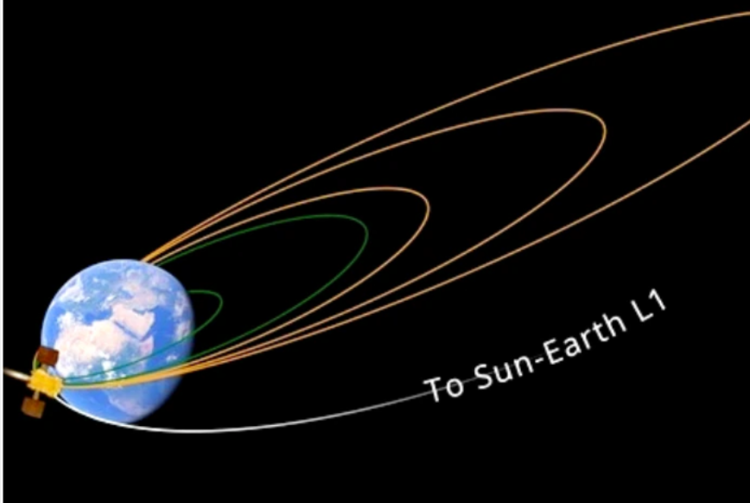
Newsnomics AJAY ANGELINA reporter |
India’s Aditya-L 1 solar observatory will leave the earth orbit forever and will embark 1.5 million kilometers journey towards the Sun-Earth Lagrange point 1 (L 1) in the space on September 19 or 20.
This marks the beginning of its nearly 110-day journey to the Sun-Earth Lagrange point 1 (L 1), located approximately 1.5 million kilometers away from Earth.
Aditya-L 1 ( means Sun in Sanskrit),is India’s first space-based observatory was launched on September 2, with a motif to study the
Sun expected to be placed in a Halo orbit around the Lagrangian point L 1, after travelling about 1.5 million km from the Earth over 125 days according to the ISRO, the India’s Space Research Organization.
The spacecraft will undergo the Trans-Lagrangian Point 1 Insertion (TL1I) in the intervening night of Monday or Tuesday, September 19, 20 at around 2:00 am IST, said the ISRO.
The point L1 is a location in space where the gravitational forces of two celestial bodies, such as the Sun and Earth, are in equilibrium.
India’s solar observatory mission aims to study the Sun’s photo-sphere, Chromo-sphere and Corona.
According to the scientists, the spacecraft carries seven different payloads to study the Sun, four of which will observe the light from the Sun and the remaining three will measure in situ parameters of the plasma and magnetic fields.
India’s Aditya-L 1 solar mission spacecraft has commenced collecting scientific data to help scientists analyze particles surrounding Earth, reported by the ISRO on Monday, September 18.

According to the agency, the sensors on board have begun measuring supra-thermal and energetic ions and electrons at distances greater than 50,000 km from Earth. This distance is equivalent to more than eight times the Earth’s radius, placing it well beyond Earth’s radiation belt region.
The data collected during Earth’s orbits helps scientists to analyze the behavior of particles surrounding the Earth, especially in the presence of its magnetic field.
Moreover, the data collected around L 1 would provide insights into the origin, acceleration, and anisotropy of solar wind and space weather phenomena.










